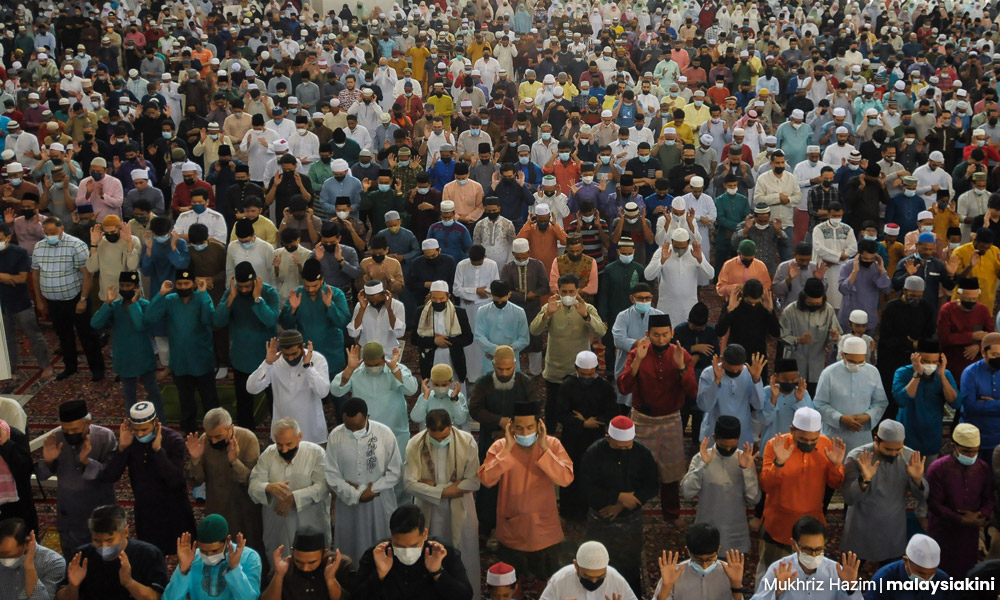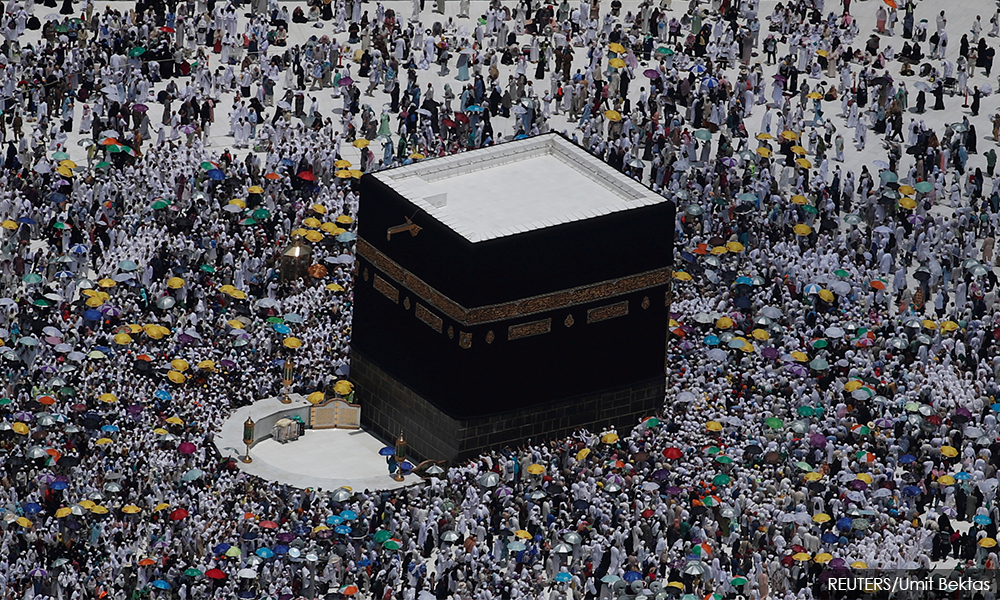There was a man called Bilal who lived in Mecca during the time of Prophet Muhammad. Both his parents were slaves from Ethiopia, and so, despite being born in Mecca, Bilal became one too.
Bilal’s master was a Quraysh rich merchant. Being a slave, Bilal lived a hard life and had no free will. But one day, he heard of the Prophet and his messages about the one true God and rushed to embrace Islam.
When Bilal’s master heard about his slave accepting Islam, he was furious and decided to punish him. His master thought if Bilal was tortured severely, he would certainly renounce his faith in Allah.
Bilal was then dragged under the hot sun, and a boulder was placed on his stomach. However, when Bilal refused to abandon his faith, his master continued torturing him harshly.
Learning about Bilal’s great suffering, the Prophet sent his friend Abu Bakar to investigate the matter and set him free. Bilal’s master at first refused to sell him to Abu Bakar and demanded a very high price. When Abu Bakar did not hesitate to purchase Bilal at whatever cost, the master then finally released Bilal to the care of Abu Bakar.
As instructed by the Prophet, Abu Bakar later made Bilal a free man. Bilal then became one of the most trusted and loyal companions of Prophet Muhammad.

The call for prayers
During that time, Muslims living in Mecca endured many troubles and resistance from the Quraysh people. When the difficulties became unbearable, the Prophet and his followers left Mecca and migrated to Medina – this included Bilal himself.
Surprisingly, people in Medina welcomed Prophet Muhammad and his followers with open arms. Their arrival was received warmly, and the followers were treated well. In fact, many people in Medina started embracing Islam too.
As the number of Muslims in Medina started increasing, the call for prayers (azan) became a concern. When there were fewer Muslims, it wasn’t too difficult to call them to the five daily prayers. However, with the increased number of Muslims, it became a challenge to call them all.
The Prophet and his followers then began having discussions to solve this issue. Some followers suggested lighting a fire that would raise smoke and could be seen from afar – but many opposed the suggestion.
Some suggested using a wind instrument resembling a small trumpet. However, since the Jews were using the method, the followers decided not to do something that imitated the Jews.
Someone else then suggested using bells to call for prayers – but it was pointed out that the Christians were using bells, so once again, it was decided not to imitate the Christians.
As the discussion was ongoing for a few days, a friend of the Prophet revealed a dream he had, in which the call for prayers was narrated to him. Shockingly, a few other close friends of the Prophet confided that they too, had the same vision in their dreams.
Following this, Prophet Muhammad requested them to bring Bilal to the mosque and teach him the narration they heard in their dreams. Bilal then became the first muezzin (the person who proclaims the call to prayer).
When Prophet Muhammad and his followers returned to Mecca after a few years in Medina, Bilal was once again chosen to give out the azan from the rooftop of Kaabah.
A few years upon returning to Mecca, the Prophet passed away. This was followed by Bilal a few years later.

New traditions
Although Bilal started the tradition of giving out azan from a rooftop, as Islam spread throughout the world, the idea of building a special tower (minaret) for the muezzin was conceived.
This tower had a staircase, ensuring the muezzin could reach the balcony to give out the azan. They came in various shapes and designs, depending on the local culture. However, the steps were narrow and high and difficult to climb.
Over time, many muezzins and mosques over the world favoured using loudspeakers. The outdoor loudspeakers were usually mounted on tall minarets, while microphones were used from the ground. This way, muezzins no longer had to climb the minarets.
Today, the azan from some mosques with powerful loudspeakers can be heard as far as 5km away. In some areas where more than one mosque is present, the loudspeaker sounds overlap one another.
We now live in an era of technology where there are many ways to call Muslims for prayers. Besides television and radio channels, there are also many smartphone and Android apps out there which can signal the time for prayer.
Perhaps one day, we will dismount the loudspeakers from our mosques and find an alternative way to call for prayers. After all, the essence of azan isn’t about the loudspeakers. azan is essentially about calling the congregation for prayers in one way or another.
We also must not forget the story of Bilal when we talk about matters pertaining to azan. Bilal is an evident story of Islam’s respect for human equality and social equality. We cannot and must not ignore Islam’s teachings of respecting our neighbours and everyone in our community when we talk about azan. - Mkini
FA ABDUL is a multi-award-winning playwright and director in the local performing arts scene, a published author, television scriptwriter, media trainer and mother. Her ultimate mission in life is to live out of a small suitcase.
The views expressed here are those of the author/contributor and do not necessarily represent the views of MMKtT




No comments:
Post a Comment
Note: Only a member of this blog may post a comment.